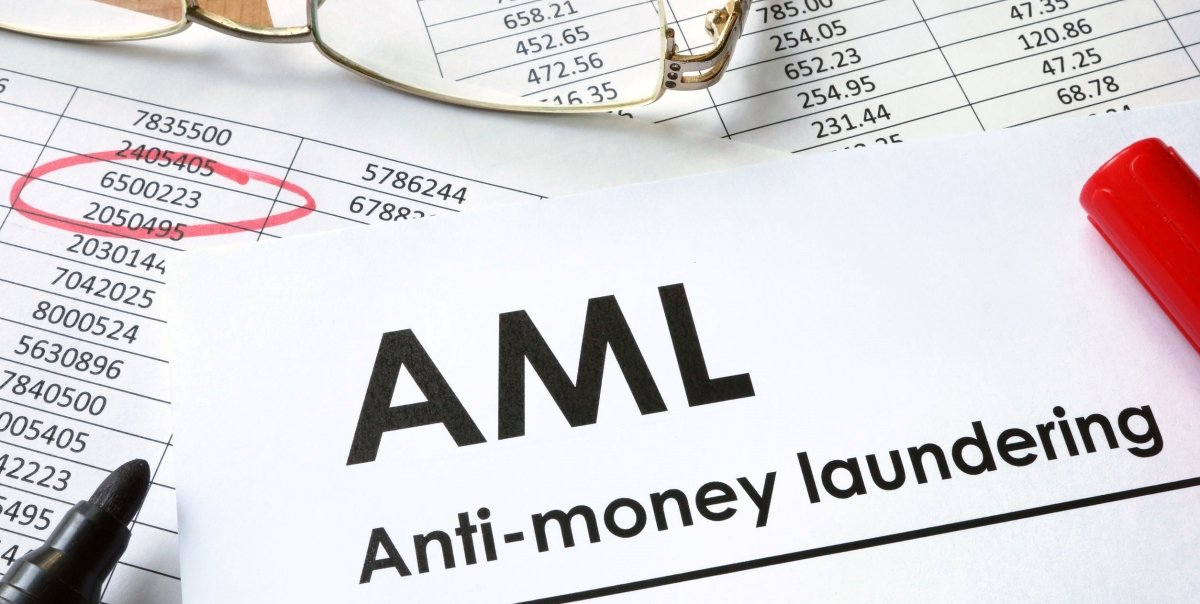Table of Contents
What Is Money Laundering?
Money laundering is the process through which individuals or entities conceal the origins of illegally obtained money, typically by means of transfers involving foreign banks or legitimate businesses. The ultimate goal is to make illicit funds appear as though they are derived from legitimate sources, thereby allowing the criminals to enjoy the proceeds without drawing attention to their illegal origins.
The process of money laundering usually occurs in three stages:
-
Placement: The illegal funds are introduced into the financial system. This could involve methods such as depositing large sums of money into banks, purchasing assets, or making transactions that disguise the source of the funds.
-
Layering: The funds are then moved around to obscure their origin. This may involve complex layers of transactions, including transferring money across borders, changing it into different currencies, or investing in financial instruments to make tracing more difficult.
-
Integration: Finally, the illicit funds are reintroduced into the economy and made to appear as legitimate earnings. This might include purchasing property, businesses, or other assets that can be easily sold.
What Is Anti-Money Laundering (AML)?
Anti-money laundering (AML) encompasses a wide range of regulations and practices designed to detect, prevent, and report money laundering activities. AML regulations require financial institutions, businesses, and professionals to implement procedures that help identify suspicious financial activities, report them to authorities, and prevent illicit transactions.
The key objective of AML is to ensure that illicit funds cannot be disguised as legitimate funds, and to disrupt any money-laundering schemes before they can affect the broader economy. AML practices are particularly vital for financial institutions, including banks, insurance companies, investment firms, and even real estate agencies, which can be used to facilitate money laundering activities.
Importance of Anti-Money Laundering Regulations
AML regulations are essential for several reasons:
-
Preventing Financial Crimes: By preventing criminals from utilizing the financial system for money laundering, AML helps to mitigate the risks of fraud, terrorism financing, corruption, and other criminal activities that can undermine financial stability and public trust.
-
Safeguarding Financial Institutions: Banks and financial institutions that fail to comply with AML regulations may face heavy penalties, legal consequences, and reputational damage. Compliance with AML laws is essential for maintaining the institution’s credibility and protecting it from financial crime.
-
Maintaining Global Security: Money laundering is often linked to illegal activities such as drug trafficking, human trafficking, organized crime, and terrorism. AML efforts help prevent these illicit activities from receiving financial support and reduce their impact on global security.
-
Promoting Transparency: AML regulations promote transparency in financial systems by requiring institutions to identify and track the flow of funds. This transparency helps in identifying suspicious transactions that could be indicative of illicit activity.
-
Fostering Trust and Confidence in the Financial System: A robust AML framework increases confidence in the financial system. Consumers and businesses are more likely to engage with institutions that demonstrate their commitment to preventing money laundering and financial crime.
Key Components of an Anti-Money Laundering (AML) Program
An effective AML program typically includes several key components to ensure the identification, monitoring, and prevention of money laundering activities. Some of the core elements include:
1. Know Your Customer (KYC)
KYC procedures are essential for financial institutions to verify the identity of their clients and assess their risk level. KYC involves collecting and verifying personal information about customers, including their identity, address, and source of funds, in order to ensure that they are not engaged in illicit activities.
KYC typically includes the following steps:
-
Customer Identification Program (CIP): Financial institutions must gather personal data such as name, address, date of birth, and identification numbers (e.g., passport or driver’s license).
-
Customer Due Diligence (CDD): A risk-based approach to assessing the potential risk posed by a customer. This process involves evaluating the client’s activities, background, and financial transactions to identify any red flags.
-
Enhanced Due Diligence (EDD): This is conducted for higher-risk clients, such as politically exposed persons (PEPs), clients from high-risk countries, or individuals involved in high-value transactions.
2. Suspicious Activity Reporting (SAR)
Financial institutions are required to report suspicious activities to the relevant authorities. If a bank or financial institution detects any transaction that seems unusual or inconsistent with a customer’s normal behavior, they must file a Suspicious Activity Report (SAR) with the relevant authorities.
SARs help regulatory agencies identify potential aysegulirem.com/, fraud, and other illegal activities. These reports are confidential, and financial institutions must not inform customers that they have been filed.
3. Transaction Monitoring
Financial institutions use automated transaction monitoring systems to detect unusual or suspicious transactions. These systems track account activity, such as large or rapid transfers, frequent international transactions, or transfers to high-risk countries, and flag transactions that deviate from typical patterns.
4. Record-Keeping and Documentation
AML regulations require financial institutions to maintain detailed records of customer transactions and KYC information for a specified period (often five years). This record-keeping ensures that authorities have access to data when conducting investigations into potential money laundering activities.
5. AML Training and Awareness
Staff training is essential to ensure that employees understand the importance of AML regulations and are equipped to detect and report suspicious activities. AML training programs should cover the identification of red flags, the proper procedures for reporting suspicious activities, and compliance with legal and regulatory requirements.
6. Internal Controls and Compliance Programs
Financial institutions must implement strong internal controls to ensure AML compliance. These controls should include policies and procedures for detecting and reporting money laundering, assigning responsibilities for monitoring and enforcing compliance, and conducting regular audits of AML efforts.
Regulatory Bodies and AML Compliance
Several national and international regulatory bodies oversee and enforce AML compliance. Some of the most important regulatory organizations include:
1. Financial Action Task Force (FATF)
The Financial Action Task Force (FATF) is an intergovernmental body that sets international standards for AML and counter-terrorism financing (CTF). FATF’s recommendations serve as the global benchmark for designing AML regulations. FATF evaluates countries’ compliance with its standards and works to promote the development of effective legal frameworks.
2. U.S. Department of the Treasury (FinCEN)
In the United States, the Financial Crimes Enforcement Network (FinCEN), a division of the U.S. Department of the Treasury, is responsible for implementing and enforcing AML regulations. FinCEN requires financial institutions to file SARs and adhere to other AML standards.
3. The European Union (EU)
The EU has implemented several directives to combat money laundering and terrorism financing. The EU Anti-Money Laundering Directive establishes rules for member states on customer due diligence, record-keeping, and the reporting of suspicious activities.
4. The UK Financial Conduct Authority (FCA)
In the United Kingdom, the Financial Conduct Authority (FCA) is responsible for overseeing financial institutions’ adherence to AML regulations. The FCA ensures that firms have adequate systems and controls to detect and prevent money laundering activities.
5. The Australian Transaction Reports and Analysis Centre (AUSTRAC)
AUSTRAC is Australia’s primary anti-money laundering and counter-terrorism financing agency. It supervises businesses and financial institutions to ensure compliance with AML regulations, and it works to detect and report suspicious activities.
Penalties for Non-Compliance
Failure to comply with AML regulations can result in severe penalties, including:
-
Fines: Financial institutions that fail to implement AML procedures may face hefty fines. In some cases, the penalties can run into the millions of dollars.
-
Legal Consequences: Violating AML laws can lead to criminal charges against individuals or entities, including prosecution for money laundering or failure to report suspicious activities.
-
Reputation Damage: Non-compliance can damage a financial institution’s reputation, leading to a loss of customer trust and business opportunities.
-
Operational Restrictions: In extreme cases, regulatory authorities may impose restrictions on the operations of a business, such as revoking its ability to offer certain financial services.
Conclusion
Anti-money laundering (AML) is a critical component of the global fight against financial crime. By implementing comprehensive AML regulations, financial institutions and businesses help to safeguard the integrity of the financial system, prevent the use of illicit funds, and contribute to global security efforts. Compliance with AML laws requires continuous vigilance, robust internal controls, and effective training to ensure that businesses can detect and prevent money laundering activities effectively.
The role of regulators, coupled with technological advances in monitoring and reporting, is crucial in the ongoing battle against money laundering.




